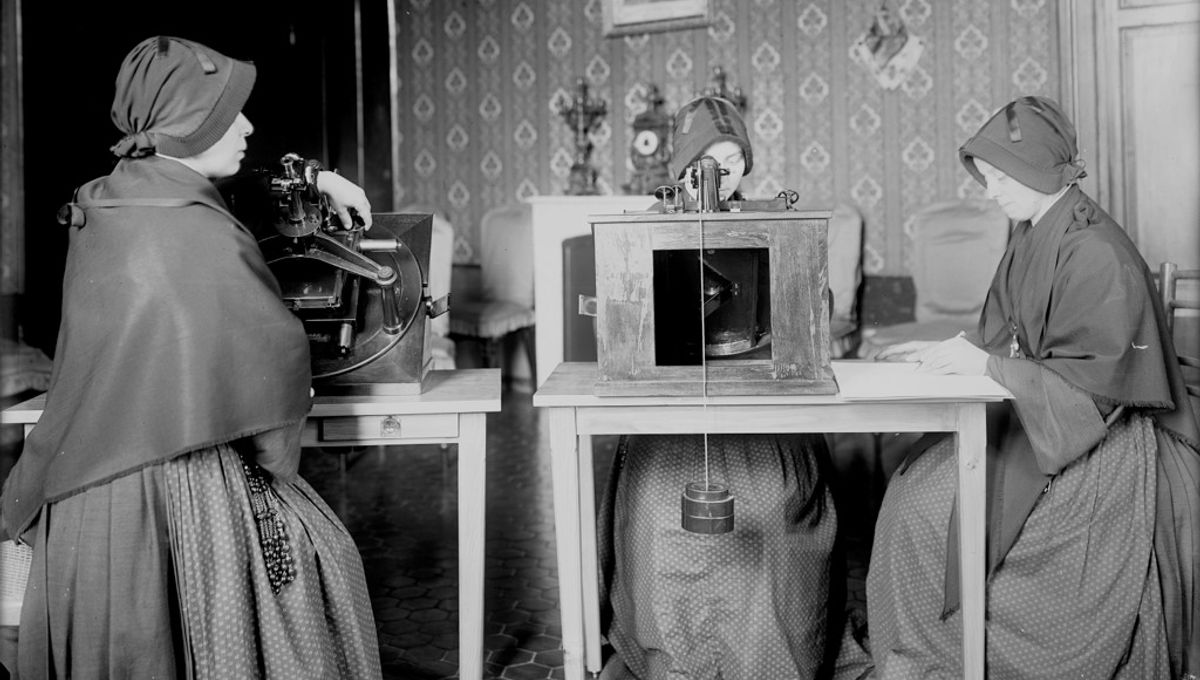
The Minor Planet Center of the International Astronomical Union has announced the names of many new asteroids this summer and, among them, four nuns deserved recognition among the stars.
They are Sister Emilia Ponzoni (1883-1950), Sister Regina Colombo (1885-1953), Sister Concetta Finardi (1896-1975), and Sister Luigia Panceri (1893-1982), with the first two announced in the June bulletin and the second two announced in the September one.
Before there were electronic computers and citizen scientists to help with the classification of stars, there were women. Harvard had the “computers” – a team of skilled workers that produced some of the most incredible insights into astronomy. Among them, Henrietta Swan Leavitt realized how to calculate the distance to Cepheid variables, a discovery that led to the discovery of extragalactic objects and the expansion of the Universe.
Around the same time, the Vatican also asked nuns to contribute to astronomy as the Specola Vaticana (the official name of the Vatican Observatory) embarked on the international mission of creating the most complete astrographic chart ever created: the Carte du Ciel (literally “sky map”). All the nuns were honored for cataloging the 481,215 stars in the Vatican zone of the Carte du Ciel star atlas.
(627981) Ponzoni is a 990-meter asteroid in the main belt. (634659) Colombo is believed to be slightly bigger as it is a fair bit brighter than Ponzoni. (709193) Concettafinardi is smaller than the previous two. (714305) Panceri is estimated to be the biggest of the four, over 1.5 kilometers (around a mile) in diameter.
The Katholisch.de publication reports that Jesuit Gabriele Gionti, who’s an astronomer currently working at the Vatican Observatory, also got an asteroid named after him. They claim that there are 41 Jesuits named among the asteroids as well as two popes: Pope Gregory XIII – the founder of the Vatican Observatory – under his civil name Ugo Boncompagni and Pope Benedict XVI.
Before an asteroid or minor body in the Solar System can be named, its orbit needs to be determined well enough that its future position can be reliably predicted. At that point, it receives a numerical designation. Once a numerical designation is established, the discoverers have 10 years to propose a name for the asteroid to the International Astronomical Union.
The Vatican Observatory is very active in asteroid research. We have previously interviewed Brother Robert Macke as part of our coverage of the return of the sample from Asteroid Bennu. Brother Macke has developed an instrument to measure the density of the samples without altering them.
Source Link: Four Asteroids Named After Prolific Catholic Nun Astronomers